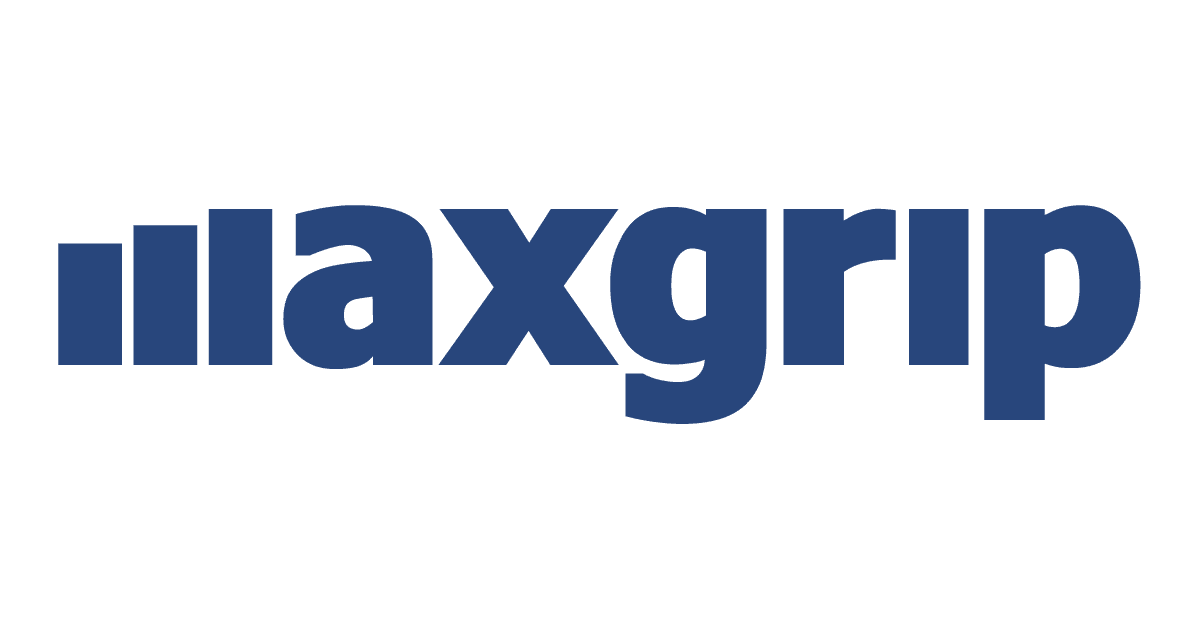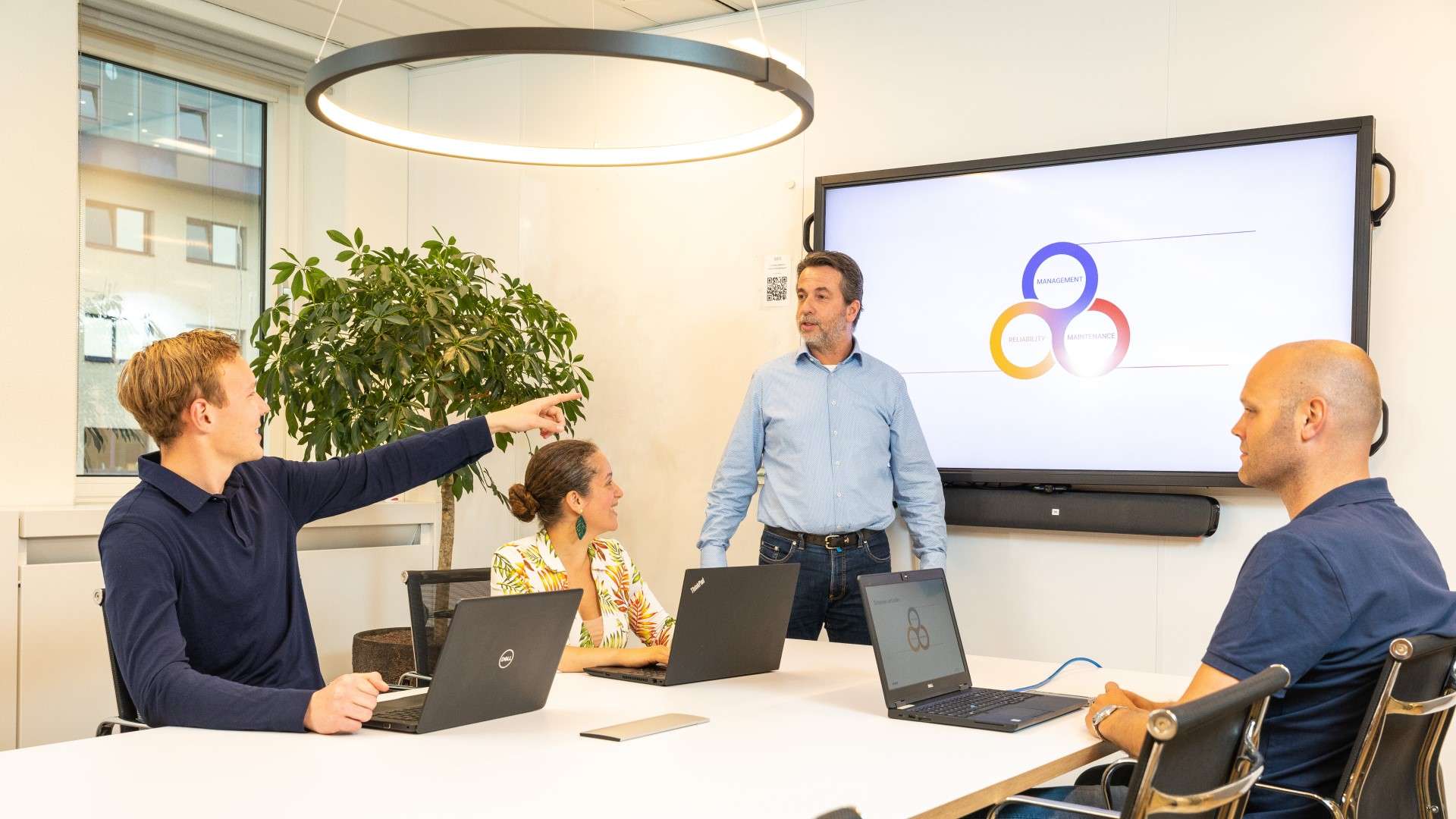The Nutricia plant in Zoetermeer has a long and rich history dating back to 1896, emphasizing innovation, advanced technology, and high quality in its production. Since 2007, Nutricia is part of Danone. The Zoetermeer facility is dedicated to the production of specialized, liquid medical nutrition, contributing significantly to the well-being of consumers and patients globally, with its products being distributed to over eighty countries
Ambitions: Maintenance Maturity Growth
The Zoetermeer factory is an essential site within Danone’s operations.
The factory has been at its current location for over 125 years. Danone
contacted MaxGrip because they saw the potential to improve their
maintenance maturity and bring it to the next level. This also included the
potential for maintenance and operations to collaborate more and align
their way of working and goals. MaxGrip was asked to scope the potential
improvement areas and set up a deployment program for it.
Approach: Future Maintenance Organization
MaxGrip applied the Asset Improvement Program at the Zoetermeer plant
of Danone. At the highest level, this consists of two important stages: an
Asset Improvement Mapping (AIM) to scope the current situation and
improvement potential and an Asset Improvement Deployment (AID) to
make improvements a reality.
Asset Improvement Mapping
The AIM assess fourteen essential asset management competencies within
the dimensions of asset reliability, overall management and execution of
maintenance. As part of the AIM, MaxGrip interviewed stakeholders across
the organization, did a plant walkdown and analyzed relevant documents
and data. It became clear from the AIM that Danone was at that moment at
a maintenance maturity level that had the potential to grow. This meant that
they had a tendency to respond rapidly to problems or breakdowns when
they occur. The plant could grow to a task-optimized level that is guided by
experience, with an emphasis on the management of objectives through
standardized short-term work monitoring and control. Setting up a process
to determine their performance killers (or bad actors) would enable them to
focus their APM activities on the assets that matter.
In order to grow to another level in their maturity, MaxGrip gave Danone
several recommendations. To get an idea, these recommendations
included:
Management
- Tailor objectives more to
maintenance and follow up
actively with KPI dashboard
- Optimize roles and
responsibilities for all
maintenance departments
with alignment of unit
structure for maintenance
and production
Maintenance Execution
- Optimize and implement
workflow management, incl.:
– Optimize and implement
gatekeeping and prioritization
process
– Improve work order management with standardization of reporting and
continuous improvement loop
Reliability
- Optimize the Preventive
Maintenance program
including optimization
loop - Develop and implement
a Bad Actor process
The findings were discussed with the key stakeholders at Danone and
based on their input a roadmap and program was set up. Together with a
few company-initiated additional improvements, the roadmap was ready to
be deployed.
Asset Improvement Deployment
Moving forward, we commence with the initial step of the execution
process, also known as an Asset Improvement Deployment (AID). This
step involved refining the improvement roadmap, establishing detailed
plans, and defining deliverables. Throughout this AID stage, Danone was in
the lead and MaxGrip consultants lend their expertise and perspectives in
a supporting and coaching role, unless specifically asked otherwise.
The deployment was called the Danone Future Maintenance Organization
Program. The program was led by a multidisciplinary core team of
different departments and teams.
The scope of work was divided into fifteen teams covering different topics
for example:
- Objectives and KPIs
- Roles and Responsibilities
- Skills, Competences & Training
- Team Warehouse & Spare Parts
- Team Workflows & Notifications
- Planning and scheduling
- Bad Actor Process
“We are very happy with the program and the support that the MaxGrip consultant has given. Everything that was delivered is actively used by Danone such as the KPI dashboard, the workflow
management and the dashboard for bad actors. The program contributes to the improvement of processes and company results in the longer term.”
Vincent Bouter
Maintenance Manager at Danone

Workflow Management and KPI Dashboard
The interconnection between the teams and improvement plans was shown
well in the example of workflow management, roles & responsibilities and
KPI dashboarding. The workflow was recalibrated and reintroduced with up-to-date documentation and training materials.
We also made sure these changes were reflected in the EAM system, clearly
defining roles, rights, and responsibilities. This helped in making the
workflow smoother and more efficient. Additionally, we worked on accurate
data validation to aid maintenance engineers in better failure data analysis, workflow tracking, and KPI monitoring, leading to a more effective way of working. The findings were discussed with the key stakeholders at Danone and based on their input a roadmap and program was set up. Together with a few company-initiated additional improvements, the roadmap was ready to be deployed.
The improved way of working showed immediate results in the KPI
dashboard. The number of canceled Preventive Maintenance tasks; PMs
went down significantly as well as the percentage of ‘Priority 0’ work orders.
Both indicated a starting shift away from fire-fighting mode.
Figure 1: KPI Dashboard

Benefits: Improved Maintenance Maturity
The Future Maintenance Organization Program within Danone will be
continued within a bigger corporate program. The teams are well underway
to become a great success. MaxGrip has stopped support and has
transferred full ownership and responsibility to the Danone core team. The
plant in Zoetermeer is growing rapidly towards a proactive maintenance
maturity level. Some results so far:
- Gatekeeping has improved significantly as part of the new workflow.
Case in point is the decrease of ‘Priority 0’ work orders with 15% at one
department. - The new way of working has increased awareness of processes and
improvement potential, for example decreasing the backlog with 25%. - The collaboration between operations and maintenance has increased
thanks to the multidisciplinary way of working. Shift leaders and
operators have worked in the teams, given input for the workflow and are
part of new shared planning meetings with maintenance. - The maintenance engineers all finished their first bad actor analysis
following the new developed process and template, enabling them to
optimize their maintenance strategy on their worst performers.
Get inspired
Join our senior reliability consultants cover how your organization can maximize its CMMS data potential to drive business decisions and realize untapped potential.
Research shows the barriers for digital transformation at asset intensive companies.





